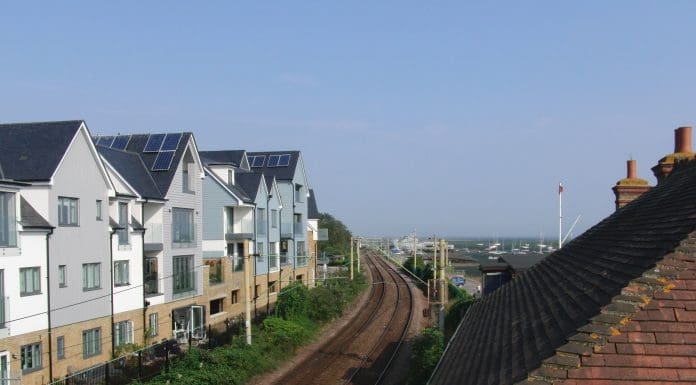
The government has announced that housebuilding near “well-connected” train stations are likely to meet a default yes, pending certain criteria
The “default yes” planning permission is intended to allows thousands more homes to be unblocked on brownfield sites in key towns and cities, saving commuters time and improving access to housing.
This is the second phase of reforms intended to cut slash red tape preventing houses from being built, and will increase growth towards the 1.5m homes target.
The housing secretary is also being given more powers
Under the new legislation, councils must tell the government when they intend on rejecting a housing development over a certain size near a train station, and housing secretary Steve Reed now has the ability to have the final say on such developments.
The statutory consultee process is also being changed to be more streamlined, putting more spades in the ground more quickly.
Housing secretary, Steve Reed, said: “I promised we’d get Britain building and that’s exactly what we are doing. But it has to be the right homes in the right places and nearby transport links are a vital part of that.
“We’re making it easier to build well-connected and high-quality homes, using stronger powers to speed things up if councils drag their feet, and proposing to streamline the consultation process to cut back delays.
“This is about action: spades in the ground, breathing new life into communities, and families finally getting the homes they need.”
Chancellor of the exchequer, Rachel Reeves, said: “We’re ending years of dither and delay by green lighting affordable new homes for working people.
“This is another demonstration that our Plan for Change is getting spades in the ground faster, connecting people with jobs and opportunities closer to where they live, and boosting towns and cities across the country.”
Government planning reforms to boost delivery
Announced in April, amendments to the Planning and Infrastructure Bill claimed to be able to shorten delivery time of infrastructure by a year by removing statutory consultation requirements related to major infrastructure projects.
This is intended to remove delays to several infrastructure projects, including:
- Fens Reservoir: Over 1,000 days in pre-application due to a number of issues including around consultation requirements, expected submission in December 2026, supplying 250,000 homes with water.
- National Grid – Bramford to Twinstead: 717 days in pre-application for 29km of overhead lines and underground cables.
- Hinkley Point C: Three years in pre-application consultation; Sizewell C spent around seven-and-a-half years at this stage.
At the time, former deputy prime minister and housing secretary, Angela Rayner, said: “Critical national infrastructure is key to Britain’s future and security – so we can’t afford to have projects held up by tiresome requirements and uncertainty, caused by a system that is not working for communities or developers and holding back our true potential.
“We are strengthening the Planning and Infrastructure Bill to make sure we can lead the world again with new roads, railways, and energy infrastructure as part of the Plan for Change, whilst ensuring local people still have a say in our journey to get Britain building.”
The post “Default yes” for planning permission for homes near train stations announced appeared first on Planning, Building & Construction Today.

